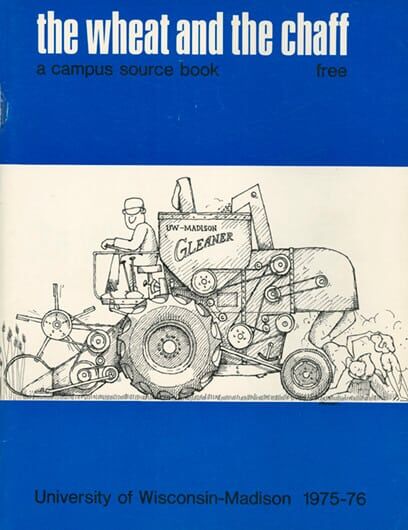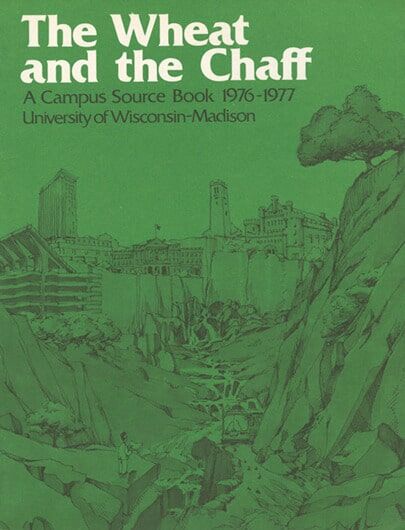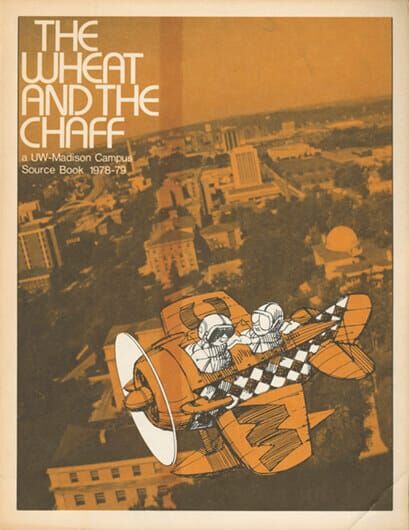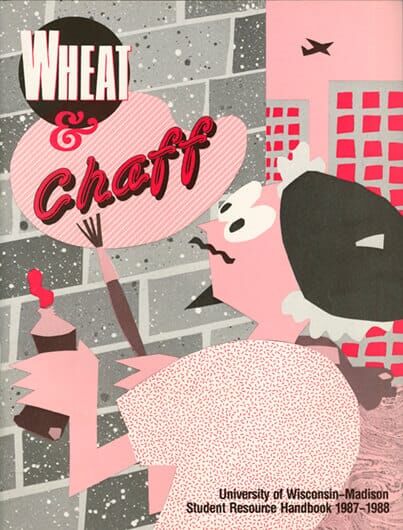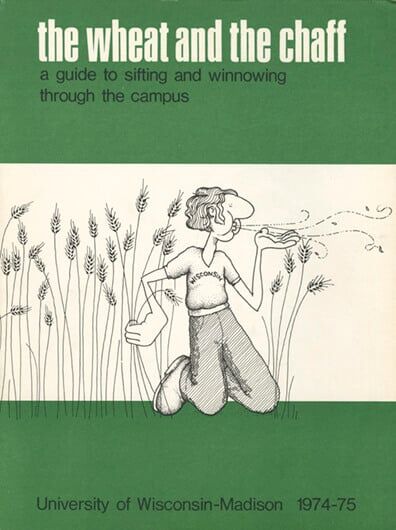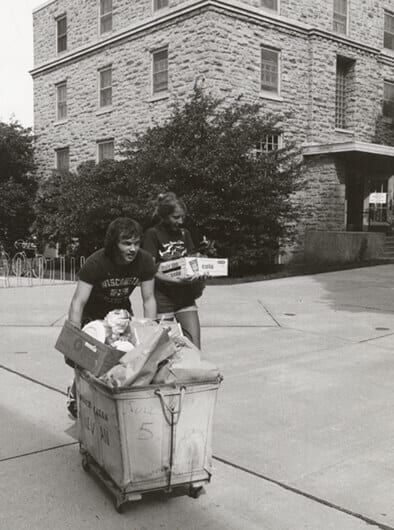The Wheat and the Chaff
A UW Handbook for the Ages
Every generation of Badgers has its campus compass.
In the university’s quasquicentennial year of 1974–75, the UW debuted a campus beacon in the form of a handbook, The Wheat and the Chaff: A Guide to Sifting and Winnowing through the Campus.
The first edition was a must-have for new arrivals, and the editors were clear about the book’s mission: “The University of Wisconsin–Madison and city of Madison are full of opportunity for those who know about them.”
The Wheat and the Chaff replaced the earlier-20th-century resource book, “SOS” (or Services and Opportunities for Students). It incorporated informational tidbits from classics such as the Dean of Students’ Resource Manual, and How to Survive as a Single Student in an Apartment, published by what were then the Office of Student Financial Aids and the University Housing Office.
(Today’s students still have all the same questions. But now, they just click.)
In a surprisingly efficient 127 pages (featuring original cartoon illustrations by Glenn Spevacek BS 1971 of the Office of News and Publications), the book’s basics included chapters about academics, counseling, employment, finances, foreign students, government, health, housing, minorities, protection, social life, and transportation.
It also included the entirety of the “Rule Book” — lots and lots of campus rules and regulations.
Like the campus it helped students to navigate, “The Wheat and the Chaff” offered great variety. Students looking to know about “general goings-on” could follow the trail to the Campus Assistance Center, a stalwart resource for info about rules and procedures, housing, and more: “The student staff have been through the same red tape as you, so they know what you’re going through and can tell you the quickest and easiest way to cut through that tape.”
Bargain hunters learned where they could rent a nonelectric typewriter for just 10 cents per half hour (Memorial Library, fourth floor), while others found community and coping strategies through the Test and Mathematics Anxiety Programs (both at Student Development Programs on Murray Street).
Some advice, such as that about professors, stands the test of time:
“It is rumored that some of your best friends can be professors. Most will be in their offices a lot and are happy to talk with students about courses or life in general. Don’t be intimidated by their erudition. They were once students, too.”
 51° F
51° F